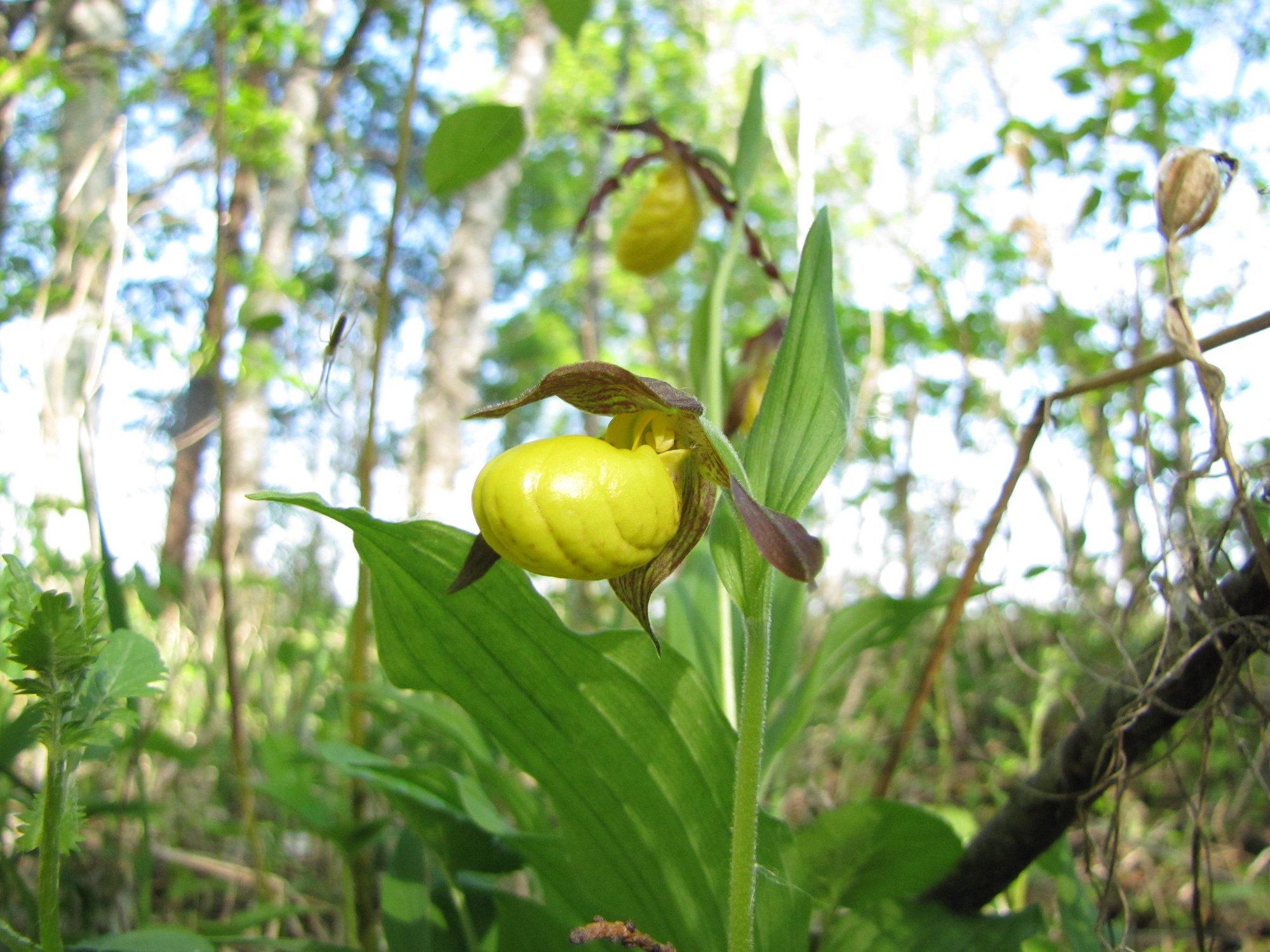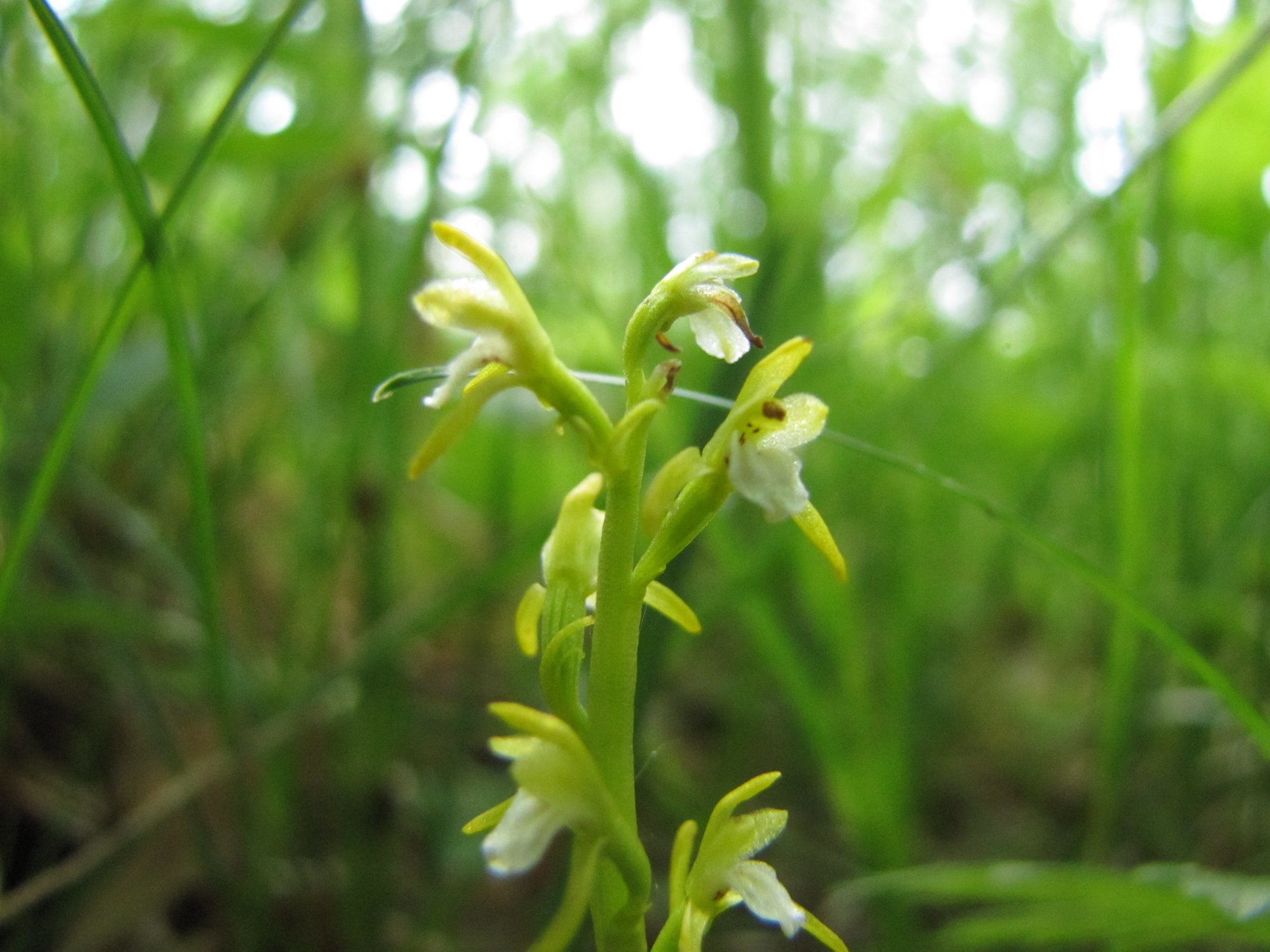I was going to write about butterflies. I still will, but first I have to talk about turtles! Do you know how many different turtles make their home in our area? We all can name the snapping turtle. And then there is the "mud" turtle that we are all familiar with, hanging out on logs in every pond and stream. Only there is no turtle named Mud. It is really the Western Painted Turtle that we are seeing. Then there is the Blandings turtle. The Blandings is endangered and I don't think one has been seen in Todd County for years, so you probably are not seeing those. If you do, please let me know!
The other species that lives around us is the Spiny softshell turtle. You can live here your whole life and not see one. They aren't that rare, but they live in the rivers and only come out to lay eggs in the gravel. I see one every year, on the road where the Sauk River crosses it right by the village. She comes up and lays her eggs, usually on the shoulder of the road. This year she was three feet out into the middle of the road. I watched her for a half an hour, laying egg after egg. She then spooked and ran back to the river. I covered the eggs, hoping for the best. Most eggs won't survive. Raccoons love them, and for the first few days after being laid the scent left by the turtle is enough to attract them. They will dig up the whole nest and have a buffet.
I was able to get a tape measure near her (without spooking her) and she was at the largest measurement for softshell turtles...18 inches! Hopefully she will continue to show up for many years to come.
Now to get to butterflies. We all know the Monarch butterfly. Bright orange and hard to miss. But it's slightly smaller cousin, the Viceroy, also frequents the village land. So the next time you see a "Monarch" take a second look. If it is a Viceroy it will be slightly smaller and there is a line that goes across the back wings as seen in the attached photo.
If you think you will never see the kinds of thing I see out there, come along on a nature hike!








